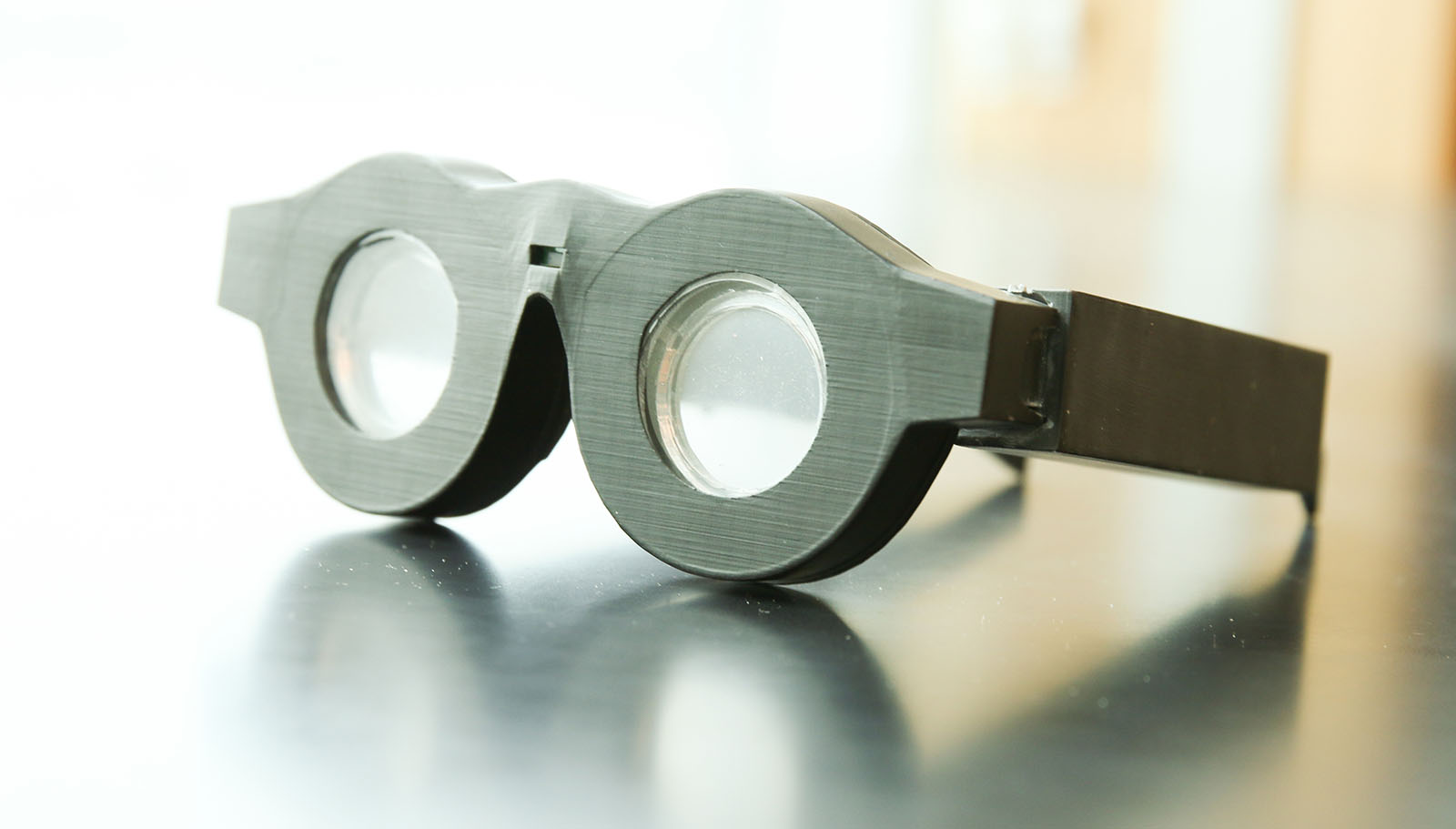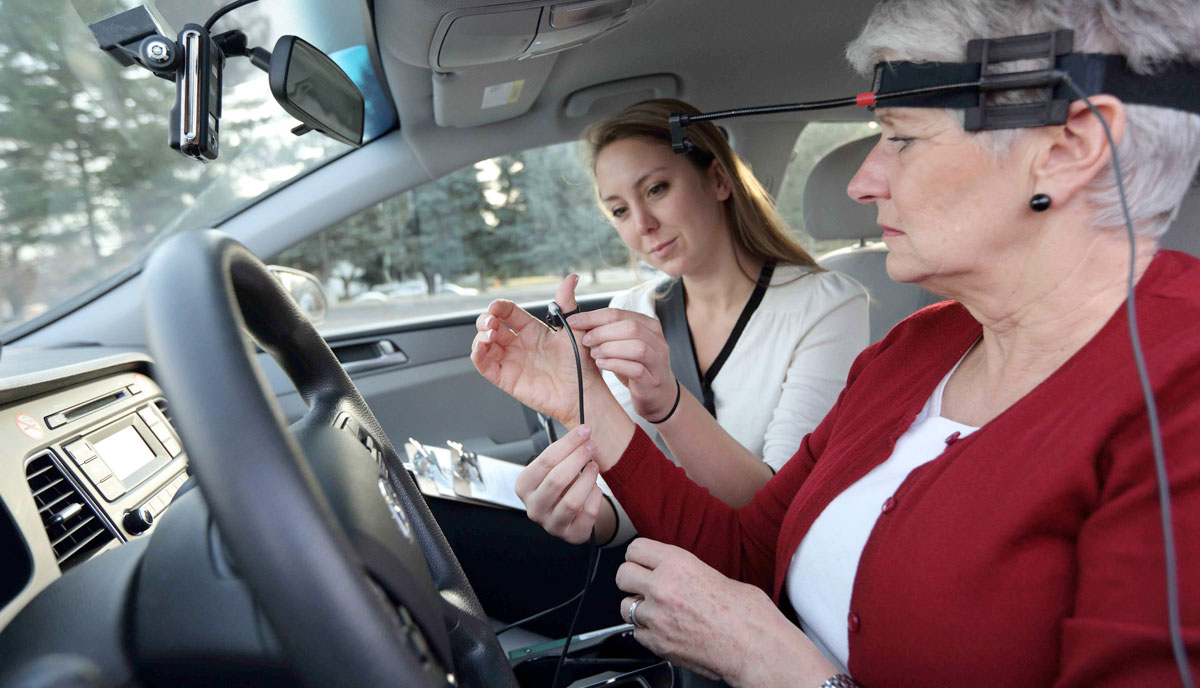 Spintronics? Not exactly a new term 'round these parts, but University of Utah physicists are applying it in a unique way that may eventually make TVs look even sharper than they do today. The entity is trumpeting a new "spintronic" organic light-emitting diode (that's OLED, for short) that's said to be "cheaper and more environmentally friendly than the kinds of LEDs now used in television and computer displays, lighting, traffic lights and numerous electronic devices." Z. Valy Vardeny is even going so far as to call it a "completely different technology," and better still, a prototype has already been made. The professor expects that the newfangled tech -- which produces an orange glow today -- will be able to product red, blue and white spin OLEDs within a few years. It's a lot to wade through, but here's our question: will these things make the Galaxy S XI impeccably visible in outdoor sunlight? (Please say "yes.")
Spintronics? Not exactly a new term 'round these parts, but University of Utah physicists are applying it in a unique way that may eventually make TVs look even sharper than they do today. The entity is trumpeting a new "spintronic" organic light-emitting diode (that's OLED, for short) that's said to be "cheaper and more environmentally friendly than the kinds of LEDs now used in television and computer displays, lighting, traffic lights and numerous electronic devices." Z. Valy Vardeny is even going so far as to call it a "completely different technology," and better still, a prototype has already been made. The professor expects that the newfangled tech -- which produces an orange glow today -- will be able to product red, blue and white spin OLEDs within a few years. It's a lot to wade through, but here's our question: will these things make the Galaxy S XI impeccably visible in outdoor sunlight? (Please say "yes.")
Filed under: Displays, Science
Utah researchers create 'Spintronic' LED, claim it's 'brighter, cheaper' and eco-friendly originally appeared on Engadget on Sat, 14 Jul 2012 18:36:00 EDT. Please see our terms for use of feeds.
Permalink  ArsTechnica
ArsTechnica |
 University of Utah
University of Utah |
Email this |
Comments
 The Conus regius' venom is bad news for its prey, and it's been proven harmful to humans as well. For instance, a 2009 clinical case describes a diver who had trouble moving his arm for 12 hours after an attack. However, scientists from the Universit...
The Conus regius' venom is bad news for its prey, and it's been proven harmful to humans as well. For instance, a 2009 clinical case describes a diver who had trouble moving his arm for 12 hours after an attack. However, scientists from the Universit...
 The Conus regius' venom is bad news for its prey, and it's been proven harmful to humans as well. For instance, a 2009 clinical case describes a diver who had trouble moving his arm for 12 hours after an attack. However, scientists from the Universit...
The Conus regius' venom is bad news for its prey, and it's been proven harmful to humans as well. For instance, a 2009 clinical case describes a diver who had trouble moving his arm for 12 hours after an attack. However, scientists from the Universit...
 For the past century or so, we've been making ammonia the same way that Nobel-prize winning chemist Fritz Haber did: by smashing hydrogen and nitrogen gas together at 250 atmospheres and heating them to nearly 1000 degrees F. But a new method develop...
For the past century or so, we've been making ammonia the same way that Nobel-prize winning chemist Fritz Haber did: by smashing hydrogen and nitrogen gas together at 250 atmospheres and heating them to nearly 1000 degrees F. But a new method develop...
 They're not very pretty, but prototype eyeglasses from University of Utah scientists could make progressive lenses obsolete for older people. Using electronically activated lenses and infrared distance meters, they can focus automatically on whatever...
They're not very pretty, but prototype eyeglasses from University of Utah scientists could make progressive lenses obsolete for older people. Using electronically activated lenses and infrared distance meters, they can focus automatically on whatever...
 Today on In Case You Missed It: AAA and the University of Utah teamed up to collect data on how well driver's fare while using voice commands. The results are pretty terrible: Apparently it takes a full 27 seconds for a driver to fully concentrate...
Today on In Case You Missed It: AAA and the University of Utah teamed up to collect data on how well driver's fare while using voice commands. The results are pretty terrible: Apparently it takes a full 27 seconds for a driver to fully concentrate...
 We all know that taking your eyes off the road is a bad idea, but now researchers have added another paper to confirm that using voice commands is just as unwise. A team from the University of Utah, in partnership with the American Automobile Assoc...
We all know that taking your eyes off the road is a bad idea, but now researchers have added another paper to confirm that using voice commands is just as unwise. A team from the University of Utah, in partnership with the American Automobile Assoc...



